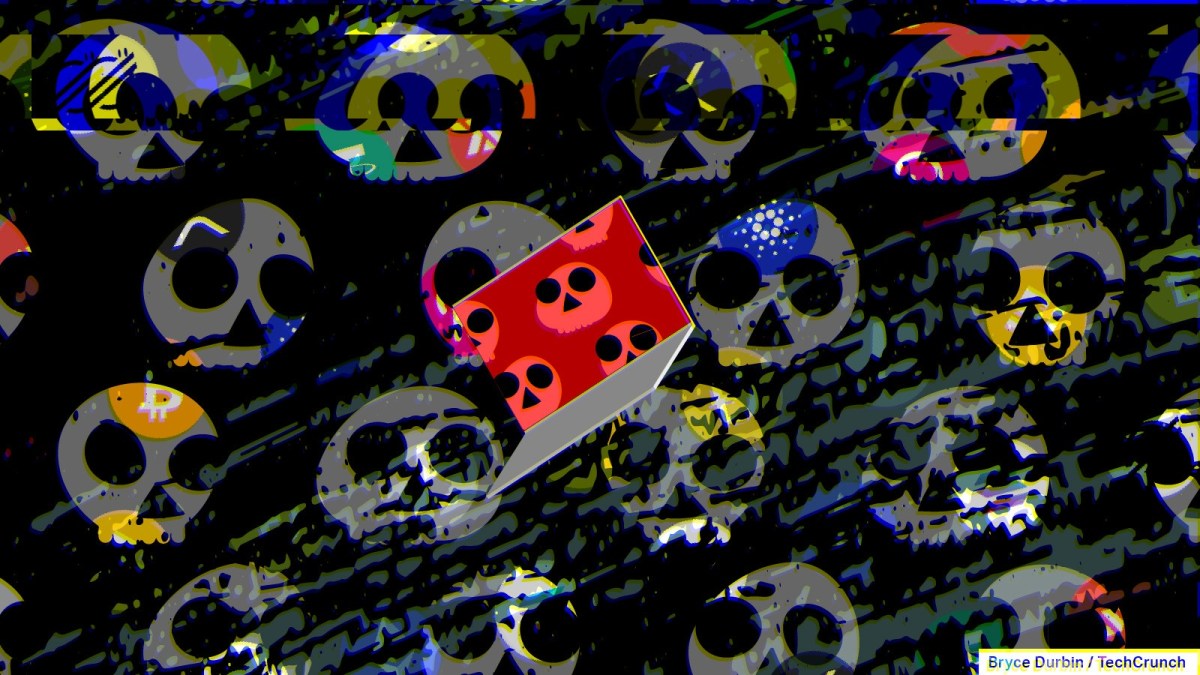Get the latest tech news
A Brief History of the Miracle Bacterium
Serratia marcescens, a pathogen with an uncanny resemblance to blood, has had an outsized influence on modern science.
Suspecting the microbe might not spread easily by means of boots, he followed this up with a theatrical experiment: Inside the Debating Chamber, he gargled a suspension of Serratia marcescens and recited Shakespeare’s “King Henry V” and “Julius Caesar” for one hour to no one but an audience of open Petri dishes. When growing on solid substances, like foodstuffs or Petri dishes filled with agar, Serratia marcescens forms red colonies reminiscent of blood, earning it the informal moniker “masquerader of blood.” Its appearance on the polenta of a wealthy Paduan farmer during a particularly hot and humid summer in 1819 — ideal conditions for its flourishing — prompted the flurry of investigation that gave it its scientific name. By recreating red spots of Serratia marcescens on fresh polenta, Bizio grew pure colonies of microbes more than half a century before the “culture plate technique” developed by Robert Koch, Walther and Fanny Angelina Hesse, and Julius Petri.
Or read this on Hacker News
